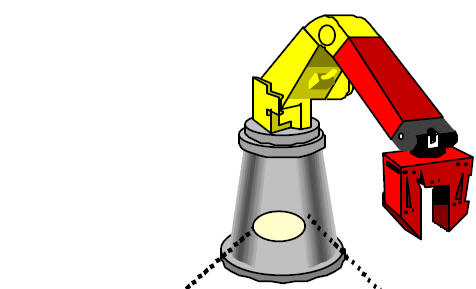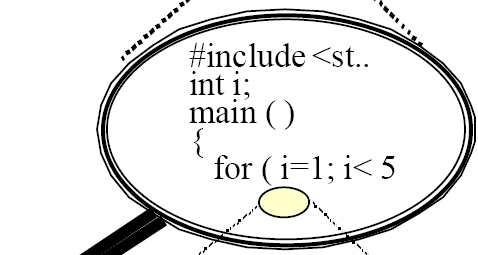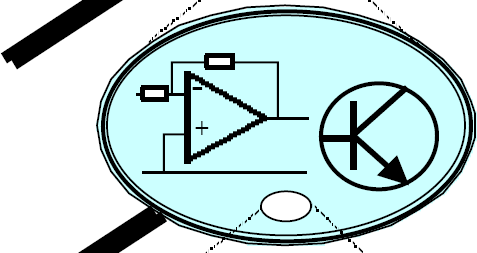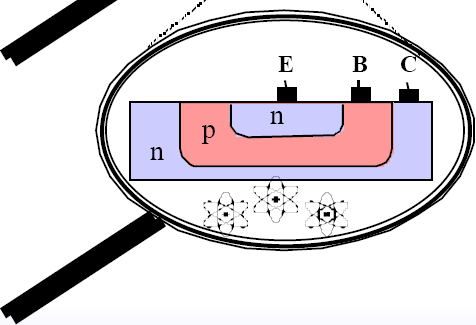|
Why should you design a Digital
System |
|
|
|
|
-
Every application which involves electronics
can be divided into a number of "knowledge levels". Normally will
you be able to manage a level, without any knowledge of the levels
above and below.
-
But if you will master a level to
perfection, must you also have knowledge of the neighbour-level.
-
Hardware and Software solves the same
problems and can hence replace each other.
-
Human interaction with an application, normally
quite slow - a typical Software task.
-
Data communication and networking a typical
Hardware task.
-
What's in between depends at the "Need for
speed" - The Microprocessor might be able to execute the
software fast enough, but what perhaps this demands 90% of its
resources :-(
-
Programmable logic like FPGA's and Hardware
Description Languages like VHDL and Verilog makes the change
between software and hardware relative easy.
|
| |
|
|
|
Knowledge level |
|
Need for speed |
|
Application |

|
Seconds |
| You
will find Digital Electronic in almost all kind of equipment. The
market for embedded software huge. |
Systems which involves mechanic and motors often works at the range
of seconds |
|
High-level programming |
 |
10-3 Sec. |
|
Programming languages like C, C++, C#, Java enables a programmer to
create software without knowledge of the hardware below. Do you
care how the engine in your car works? |
Modern compilers generates efficient Machine-code and hence will the
performance be better then milliseconds. For a PLC (Programmable
Logic Controller) will a response time at milliseconds be considered
fast. |
|
Assembly programming |
 |
10-6 Sec. |
| A CPU
"born" with the ability to execute a set of instructions called
Machine-code The basic programming language of a CPU called
Assembly - and it gives the programmer full control - but demands
hardware-knowledge |
Its true that modern CPU can execute several instructions per
microsecond, but most applications involves at least 100
instructions |
|
Digital electronic |
 |
10-9 Sec. |
| In the
1960ies was a family of digital IC developed (the 74xx) The worlds
first integrated CPU - the i4004 was introduced 1971
(And the world haven't been the same afterwards ;)
Software replaces Hardware |
The optimal response time achieved with the use of a dedicated
hardware solution. Remember also that hardware works truly
parallel
FPGA's and HDL makes the implementation "easy" |
|
Analogue electronic |
 |
10-10 Sec. |
| The
world are analogue (yet - there people working on this ;)
The first Integrated Circuit was invented back in 1958
A Digital gate basically an analogue circuit which either turned
ON or OFF |
Some of the problems faced in the Digital world origin from the
Analogue world. Propagation delays, Hazard, Metastability to
mention a few. |
|
Semiconductor physics |
 |
c = speed of light |
| The
art of doping Silicon with Phosphor or Boron to form semiconductors
a well kept secret by the manufactures. At least concerning State of the art technologies.
The
worlds first Bipolar Junction Transistor was presented at the
Bell-lab back in 1948. |
c -
The speed-limit of the universe and even lower in a conductor. "only"
66% of the speed in vacuum. |
| |
|
|
